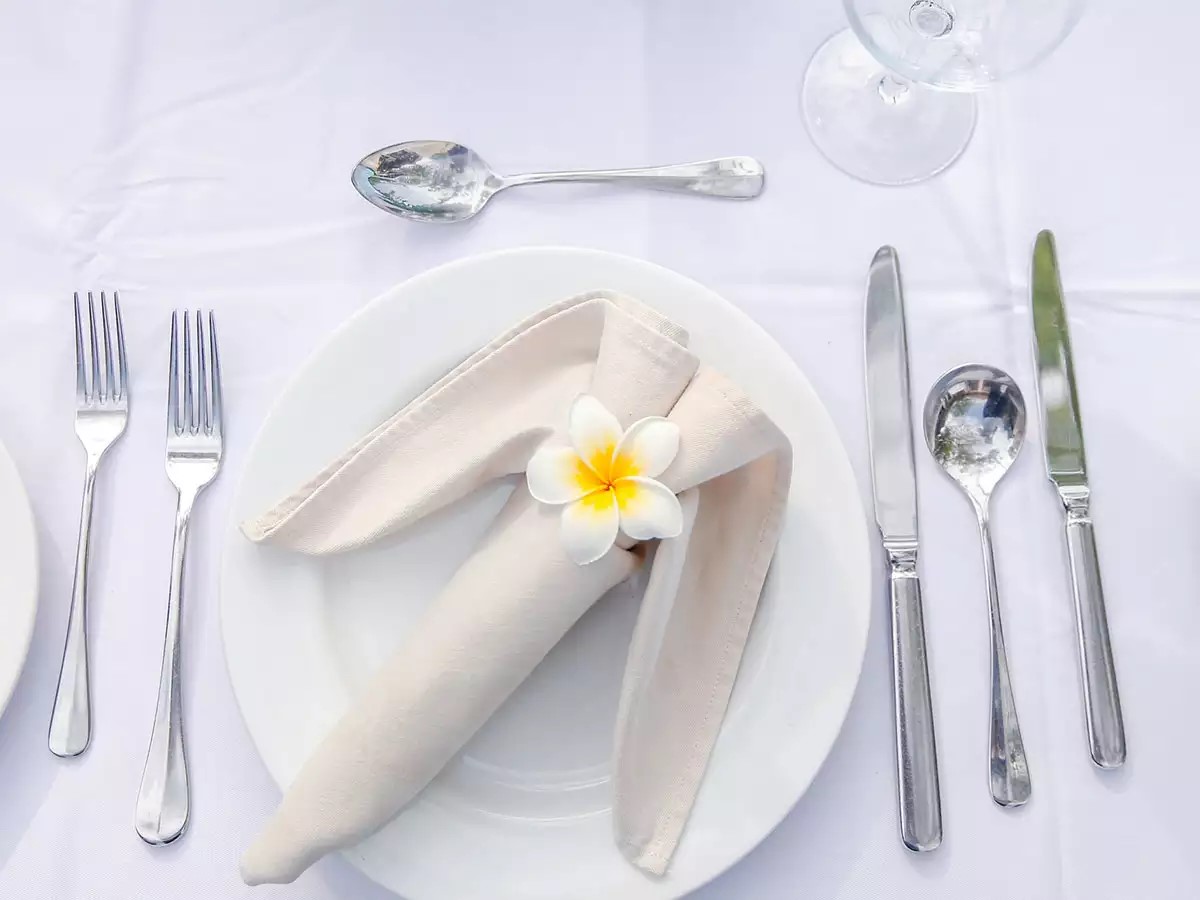

Tableware
How Do You Set Cutlery On A Table
Modified: January 9, 2024
Learn the proper table setting etiquette with tableware. Discover how to set cutlery on a table for any occasion and create an elegant dining experience.
(Many of the links in this article redirect to a specific reviewed product. Your purchase of these products through affiliate links helps to generate commission for Storables.com, at no extra cost. Learn more)
Introduction
Welcome to the world of tableware where every meal is elevated to a delightful experience. Setting the table with care and precision is an essential part of creating a welcoming ambiance for any occasion, be it a casual family dinner or an elaborate formal event. One of the key elements of table setting is the proper placement of cutlery, which adds both functionality and aesthetics to the dining experience.
In this comprehensive guide, we will explore the art of setting cutlery on a table. From basic table settings to formal dining arrangements, we will cover everything you need to know to ensure your table looks elegant and inviting. So, let’s uncover the secrets of creating a visually appealing table setting that elevates your dining experience.
Key Takeaways:
- Elevate any dining experience by following proper cutlery placement, creating an elegant and organized table setting for any occasion, from casual meals to formal events.
- Showcase your knowledge of table manners and etiquette by practicing proper cutlery use, enhancing the dining experience with confidence and respect for the environment.
Read more: Who Invented Cutlery
Basic Table Setting
A basic table setting is suitable for everyday meals and informal gatherings. It provides a simple yet elegant arrangement of cutlery that is easy to follow. Here are the steps to set a basic table:
- Start by placing a clean tablecloth or placemat on the table to create a clean and inviting surface.
- Next, place a dinner plate at the center of the setting. The plate should be positioned about an inch from the edge of the table.
- To the left of the plate, place a fork. This should be the standard-sized fork typically used for main courses.
- On the right side of the plate, place a knife, with the blade facing inward towards the plate. Next to the knife, place a teaspoon.
- If you are serving soup, you can place a soup spoon to the right of the teaspoon. Otherwise, you can skip this step.
- If you are serving a salad, place a salad fork to the left of the dinner fork.
- Finally, place a water glass above the knives, slightly to the right.
This basic table setting provides the essential cutlery needed for a typical meal. It is a versatile arrangement that can be used for various occasions, from casual family dinners to relaxed get-togethers with friends.
Proper Placement of Flatware
When it comes to setting a table, the proper placement of flatware is key to creating an elegant and organized look. Each piece of cutlery has its designated position, and understanding the correct placement ensures a seamless dining experience. Here’s a guide to the proper placement of flatware:
- The dinner fork is placed on the left side of the plate, next to the napkin. Its tines should be facing upwards.
- The salad fork is positioned on the outer left side of the dinner fork. It is smaller in size and used for the salad course.
- The dinner knife is placed on the right side of the plate. Its blade should be facing towards the plate.
- The soup spoon, if required, is placed to the right of the dinner knife. It is larger in size and used for soup or broth-based dishes.
- The teaspoon is placed to the right of the soup spoon. It is used for stirring and adding sugar to beverages.
- If you are serving fish, a fish fork and knife can be added to the arrangement. The fish fork is placed to the right of the dinner fork, and the fish knife is positioned to the right of the dinner knife.
- A butter knife is placed horizontally on the bread plate or butter dish, with the blade facing left.
- The dessert spoon and fork are placed above the dinner plate, with the spoon on top and the fork below it. These are typically used for enjoying sweet treats at the end of the meal.
Remember to arrange the flatware in the order it will be used, from the outside in. This allows for a smooth and organized dining experience, with each course having its designated cutlery.
Proper placement of flatware not only adds visual appeal to the table setting but also ensures that guests can easily navigate their way through the meal. By following these guidelines, you can create an elegant and well-organized table setting that enhances the dining experience.
How to Set a Table for Formal Dining
Formal dining occasions call for a more elaborate and sophisticated table setting. Whether you are hosting a fancy dinner party or attending a formal event, knowing how to set a table for such occasions is essential. Here is a step-by-step guide to setting a table for formal dining:
- Start by placing a clean and crisp tablecloth over the table. Make sure it hangs evenly on all sides, with no wrinkles or folds.
- Place a charger or service plate at each seat. This large and decorative plate acts as a base for the other dinnerware and is not meant to be eaten from. The charger is removed before the main course is served.
- Position a dinner plate at the center of each charger. The plate should be aligned with the center of the charger and positioned about an inch from the edge of the table.
- To the left of the plate, arrange the dinner fork and fish fork (if serving fish) in a slightly tilted position. The dinner fork should be placed closest to the plate, with the fish fork on the outer side.
- On the right side of the plate, place the dinner knife and fish knife (if serving fish). The blades of the knives should be facing towards the plate. A soup spoon can also be placed to the right of the knives if a soup course is being served.
- Position a salad fork or appetizer fork to the left of the dinner fork, slightly higher than the other forks. This fork is used for the salad course or appetizers.
- Place a butter knife horizontally on the bread plate, with the blade facing towards the plate. This knife is used for spreading butter or other spreads onto bread or rolls.
- A dessert spoon and fork can be placed above the dinner plate, with the spoon on top and the fork below it. These are used for enjoying desserts at the end of the meal.
- Arrange the water glass above the knives, slightly to the right. Additional glasses, such as a wine glass or champagne flute, can be added to the right of the water glass if different beverages are being served.
Remember to keep the table setting symmetrical and balanced. Each piece of cutlery should be equidistant from the plate, creating a visually pleasing arrangement. Additionally, ensure that all the cutlery and glassware is clean and polished for a polished and sophisticated look.
By following these guidelines, you can create an exquisite and elegant table setting that reflects the formality of the occasion. Setting the table for formal dining not only enhances the visual appeal but also sets the tone for an extraordinary dining experience.
When setting cutlery on a table, remember to place the knife on the right with the blade facing the plate, and the fork on the left. The dessert spoon or fork can be placed horizontally above the plate.
Setting Cutlery for Different Meals
Depending on the type of meal you are serving, the arrangement of cutlery may vary. Different courses and dining styles require specific cutlery to ensure a seamless dining experience. Here are some guidelines on setting cutlery for different meals:
- Breakfast: For a typical breakfast setting, you can keep it simple with a teaspoon and a butter knife placed horizontally on the bread plate. If you are serving fruit or yogurt, a small fruit knife or a spoon can be added.
- Lunch: A standard lunch setting usually includes a salad fork and a dinner fork on the left side of the plate, and a dinner knife, teaspoon, and soup spoon (if needed) on the right side. If you are serving bread, you can also add a butter knife on the bread plate.
- Dinner: A formal dinner setting has a more elaborate arrangement of cutlery. You will typically have a salad fork, dinner fork, fish fork (if serving fish), dinner knife, fish knife (if serving fish), teaspoon, and soup spoon (if needed) on the table. In addition to these, you can include a butter knife on the bread plate and dessert spoon and fork above the dinner plate.
- Buffet: In a buffet style setting, it is common to have the necessary cutlery at the start of the buffet line. Guests can pick up the required cutlery as they proceed through the different food stations. This usually includes a dinner fork, dinner knife, and soup spoon.
For each of these meal settings, it is important to consider the order of use. The cutlery placed furthest from the plate is typically used first, while the cutlery closest to the plate is used for the main course. This ensures that guests can easily navigate their way through the meal without any confusion.
Remember to adapt the cutlery arrangement based on the specific requirements of the meal and the dining style you are following. By setting the appropriate cutlery for each meal, you create an organized and well-prepared table that enhances the overall dining experience.
Read more: Where Are Chicago Cutlery Knives Made
Etiquette Tips for Using Cutlery
Using cutlery properly not only enhances the dining experience but also reflects your understanding of table manners and etiquette. Here are some essential tips to keep in mind when using cutlery:
- Start from the outside: When multiple sets of cutlery are provided, always start using the cutlery on the outside first. As you progress through the meal, work your way inwards, using the appropriate cutlery for each course.
- Hold cutlery correctly: Hold the fork with your index finger along the back of the handle and your thumb resting on the side. Hold the knife with your index finger on one side of the handle, your middle finger on the other side, and your thumb on the top. Avoid clenching or gripping the cutlery too tightly.
- Navigate the tablecloth: When using cutlery, make sure you do not drag or scrape it against the tablecloth. Lift the cutlery slightly above the table surface when bringing it to your mouth.
- Resting position: When taking a break during the meal, rest your cutlery diagonally on your plate. Position the knife with the blade facing inward and the fork with the tines facing upward.
- Signal when finished: When you have finished your meal, place your knife and fork side by side on the plate in the 4 o’clock position. This indicates to the server that you are done and they can clear your plate.
- Cutlery language: The placement of cutlery on your plate carries subtle messages to the waitstaff. In most western cultures, if you cross your cutlery on your plate it signals that you are not finished eating. If you parallel your cutlery on your plate it signals that you are ready for the waiter to remove your plate.
- Use utensils for their intended purposes: Each piece of cutlery has a specific purpose. Avoid using a knife to scoop or lick food off the fork. Use the appropriate spoon for soups, and the correct fork for salads or appetizers.
- Be mindful of noise: When using cutlery, try to do so discreetly without creating excessive noise. Scraping or clanging cutlery against plates can be disruptive and unpleasant for others at the table.
By practicing proper cutlery etiquette, you can enjoy your meal with confidence while showing respect for the dining environment and those around you. These tips will help you navigate through formal dining situations and showcase your knowledge of table manners.
Conclusion
Setting cutlery on a table is an art that goes beyond functionality. It is an opportunity to create a visually pleasing and organized dining experience while showcasing your understanding of table manners and etiquette. From basic table settings to formal dining arrangements, each meal requires careful consideration in order to create a welcoming atmosphere.
By following the proper placement of flatware, you can elevate any table setting. The position of forks, knives, and spoons not only adds a touch of elegance but also ensures that guests can navigate their way through the meal effortlessly.
When it comes to formal dining, the arrangement of cutlery becomes more intricate. Knowing how to set a table for such occasions will impress your guests and create a refined ambiance that matches the formality of the event.
Additionally, understanding the etiquette of using cutlery is essential. Knowing how to hold and use each utensil properly demonstrates your knowledge of table manners and enhances the overall dining experience for yourself and those around you.
Remember to adapt the arrangement of cutlery based on the type of meal you are serving. Whether it’s a breakfast, lunch, dinner, or buffet, providing the appropriate cutlery ensures a seamless and enjoyable dining experience for all.
By incorporating these tips into your table setting routine, you can create a captivating and welcoming ambiance that reflects your attention to detail and appreciation for the art of dining. So, embrace the art of setting cutlery on a table and enhance your meals with style and sophistication.
Frequently Asked Questions about How Do You Set Cutlery On A Table
Was this page helpful?
At Storables.com, we guarantee accurate and reliable information. Our content, validated by Expert Board Contributors, is crafted following stringent Editorial Policies. We're committed to providing you with well-researched, expert-backed insights for all your informational needs.

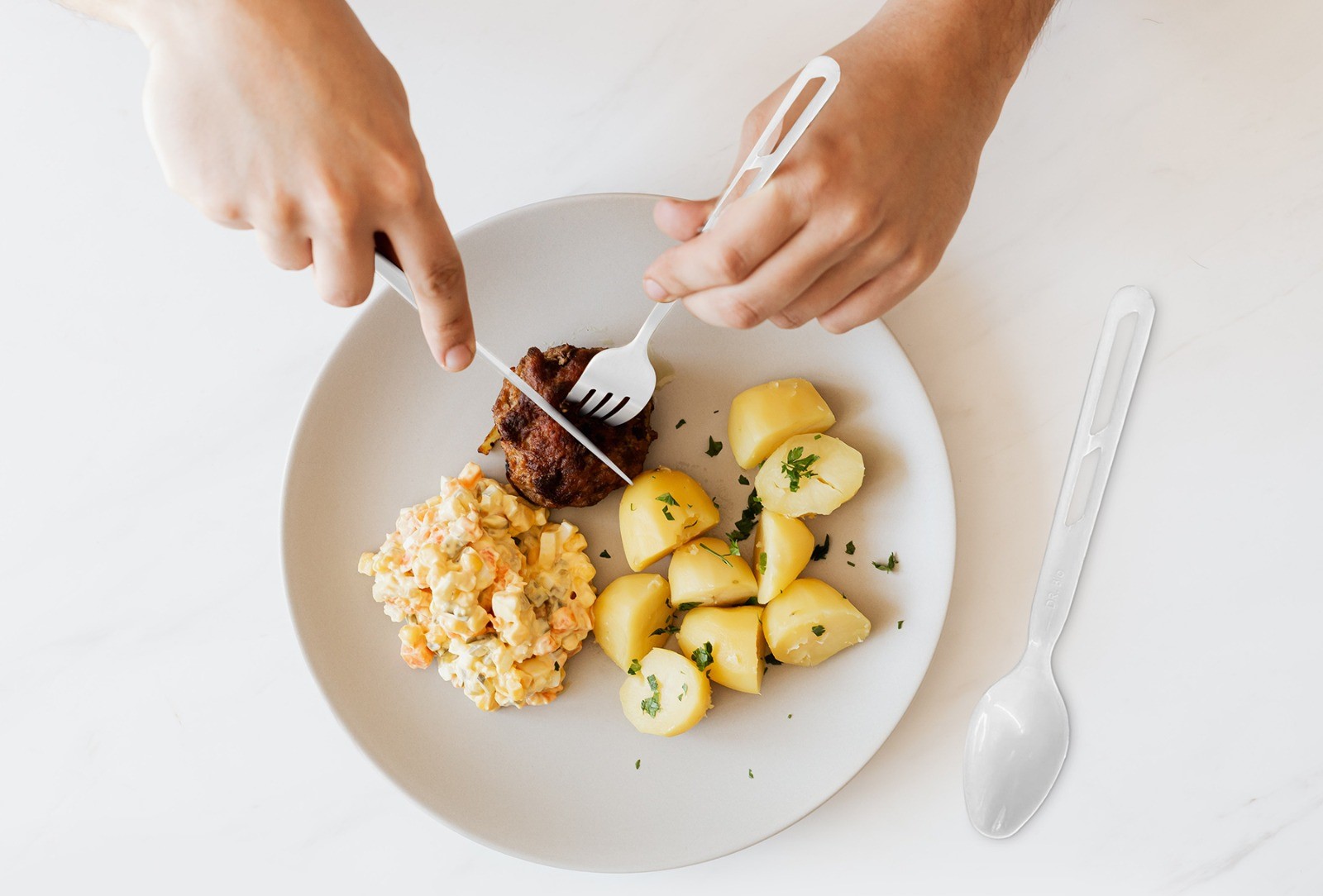
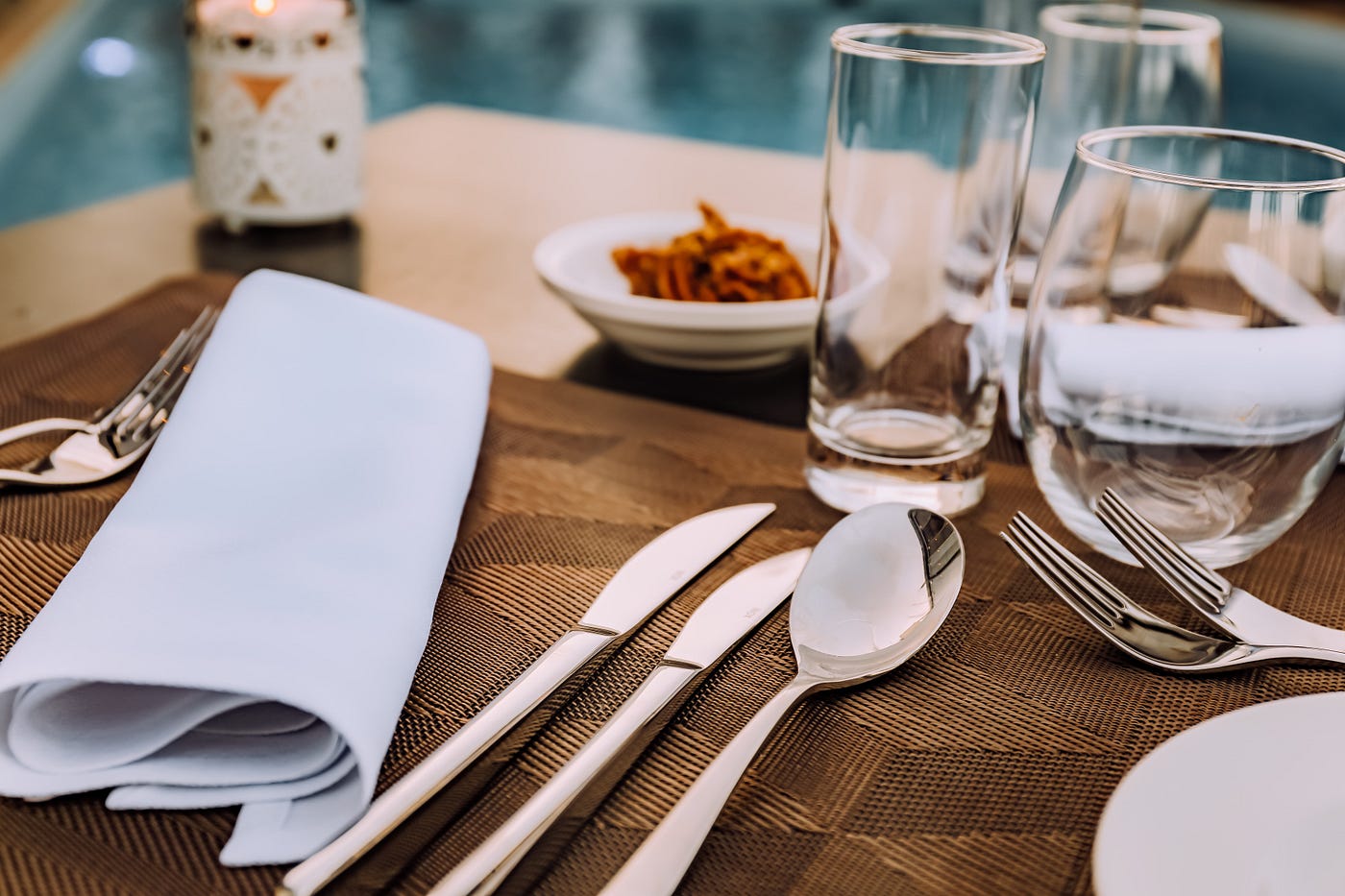
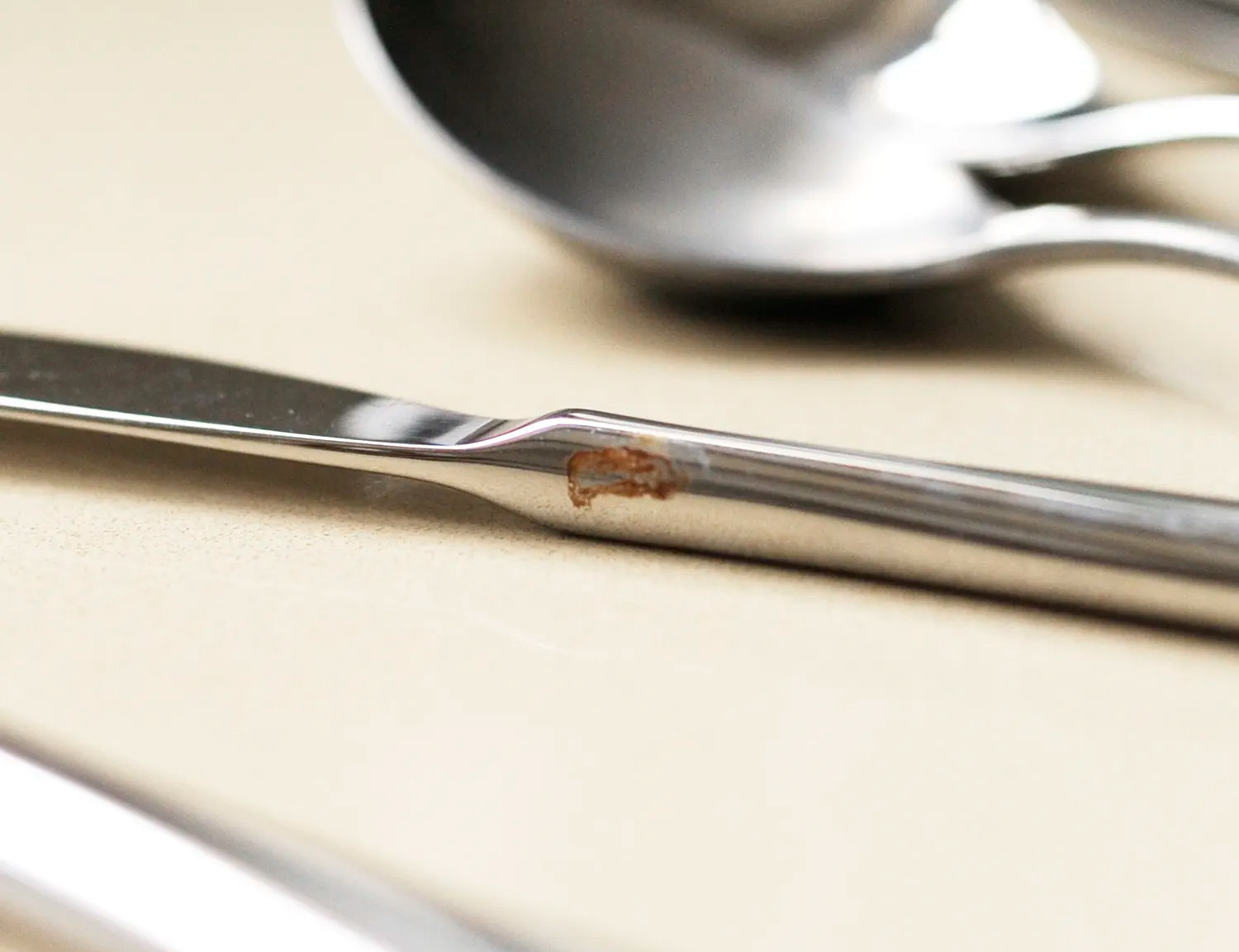
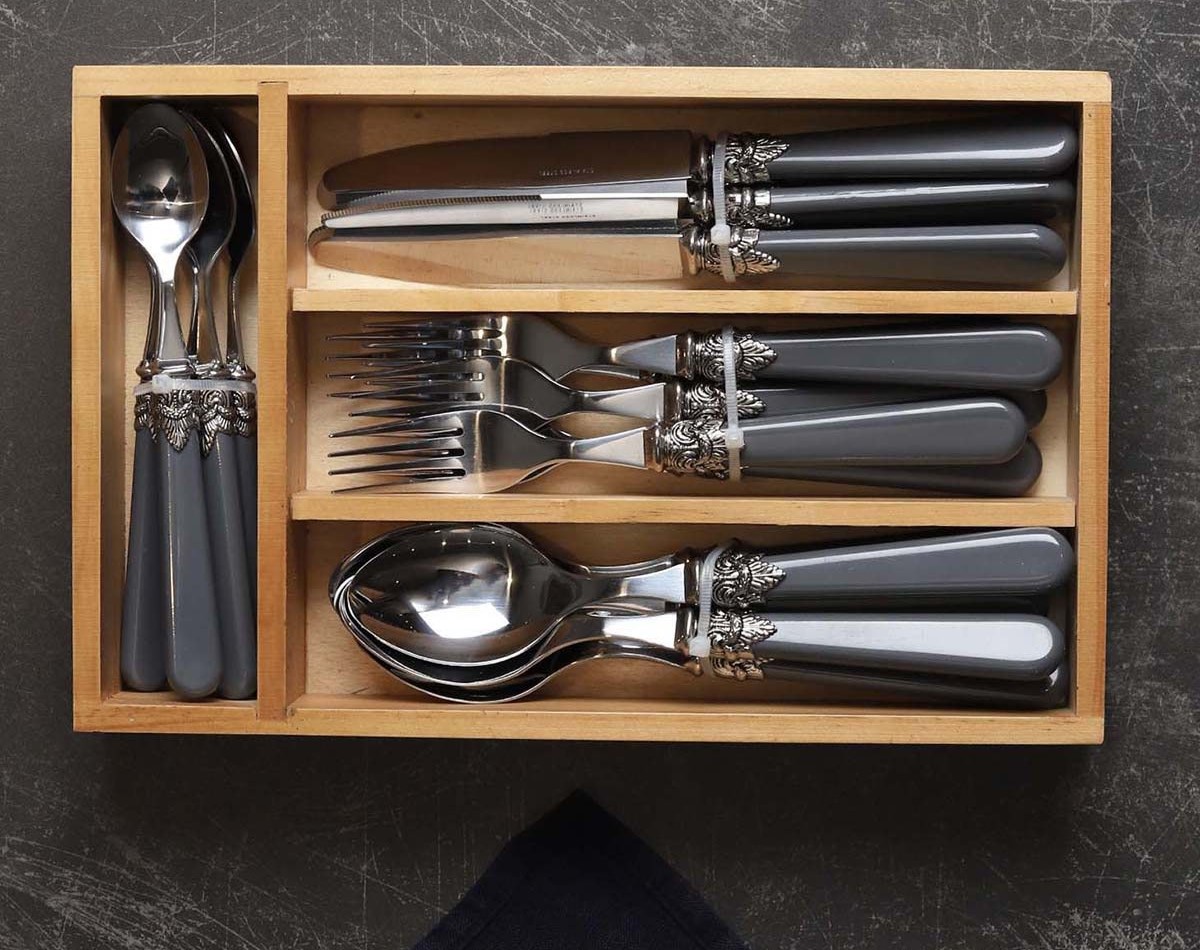
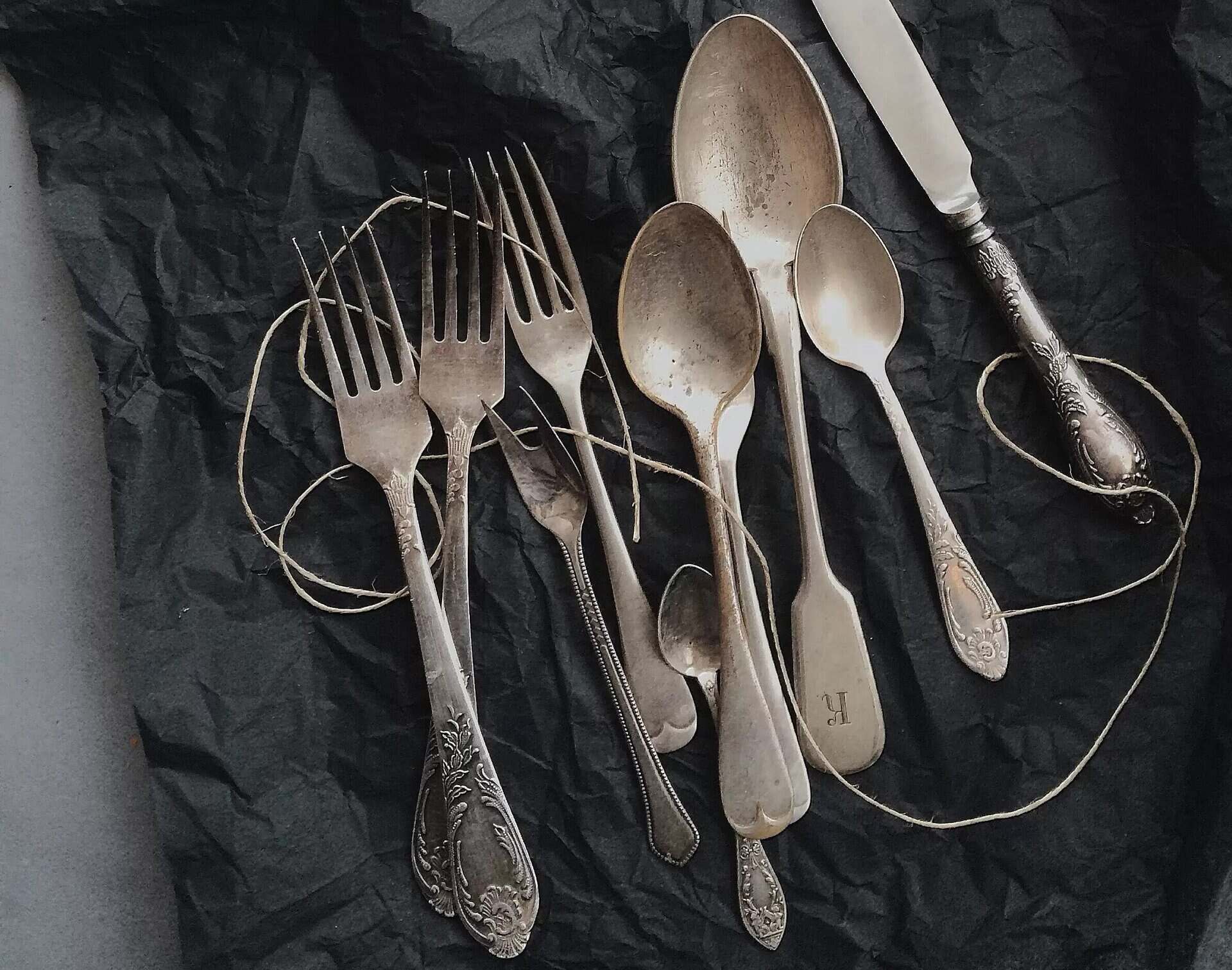
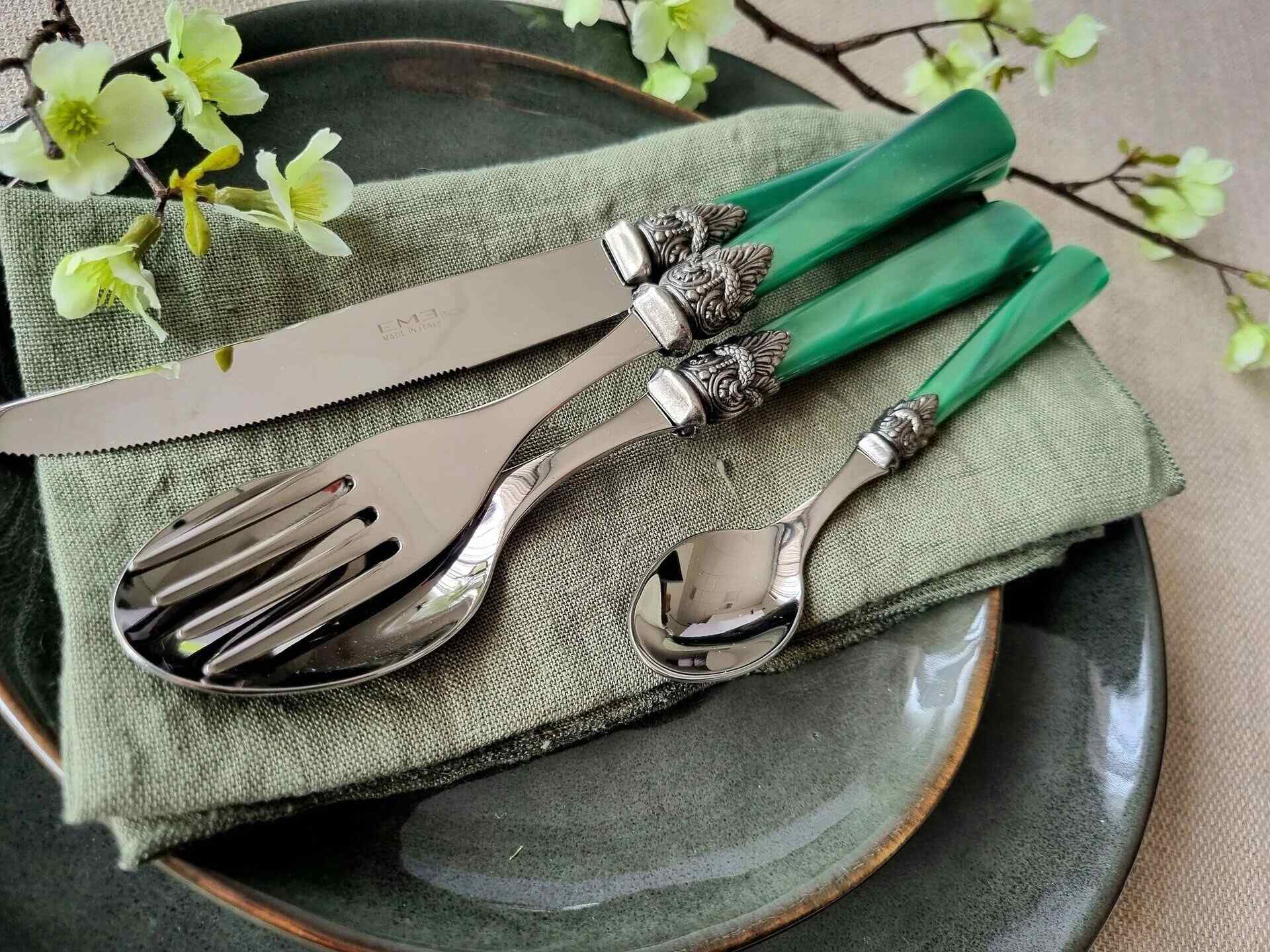
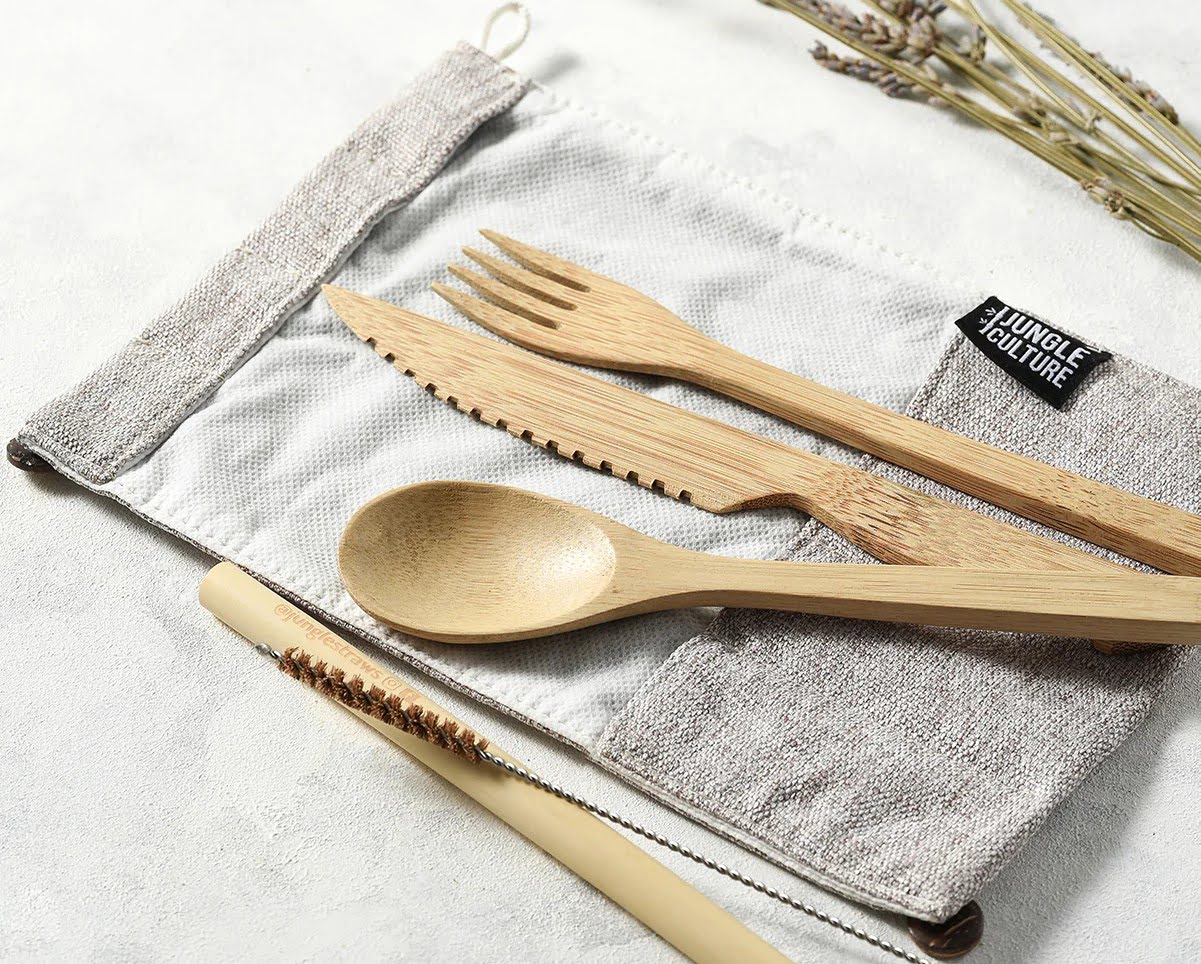
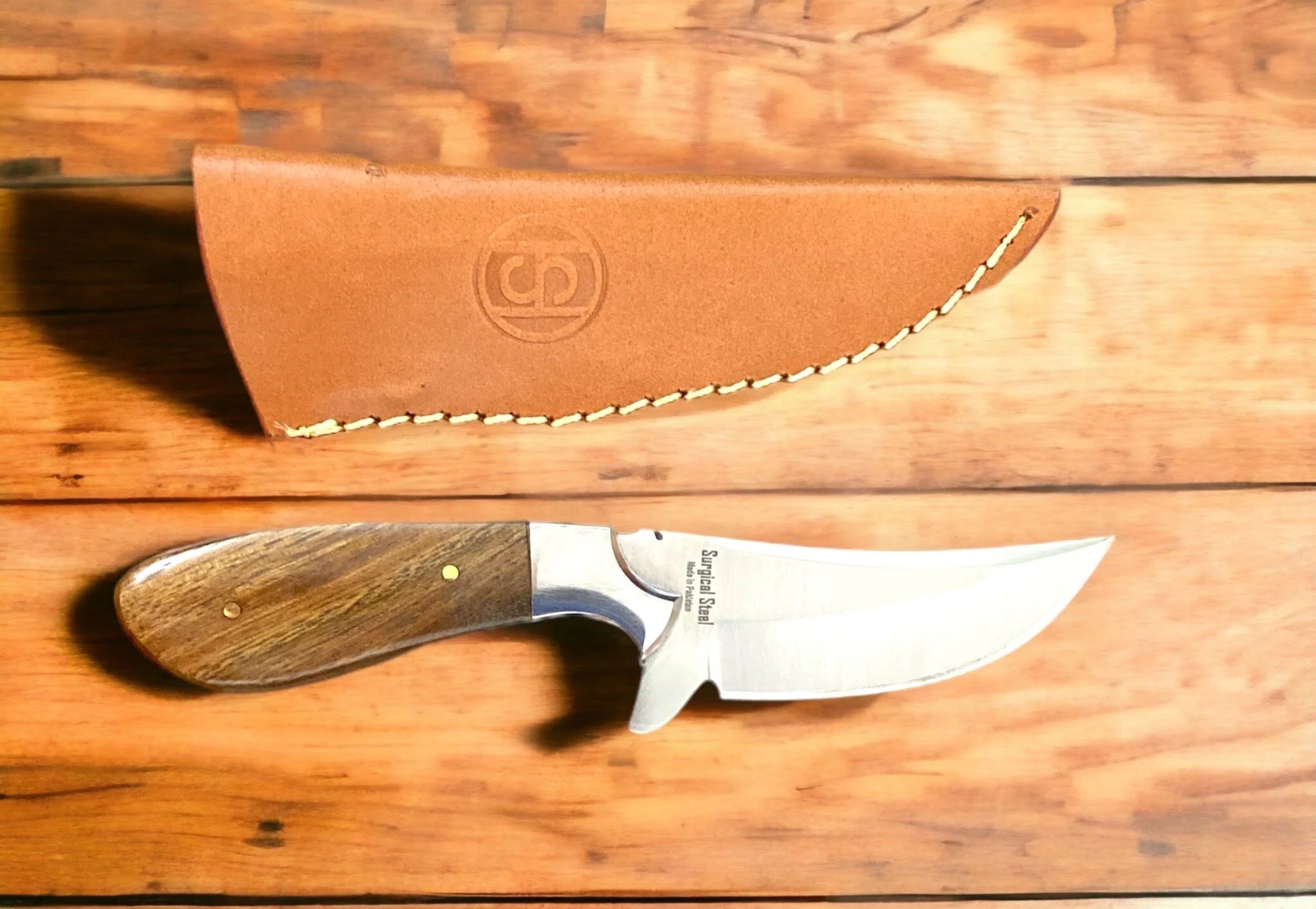
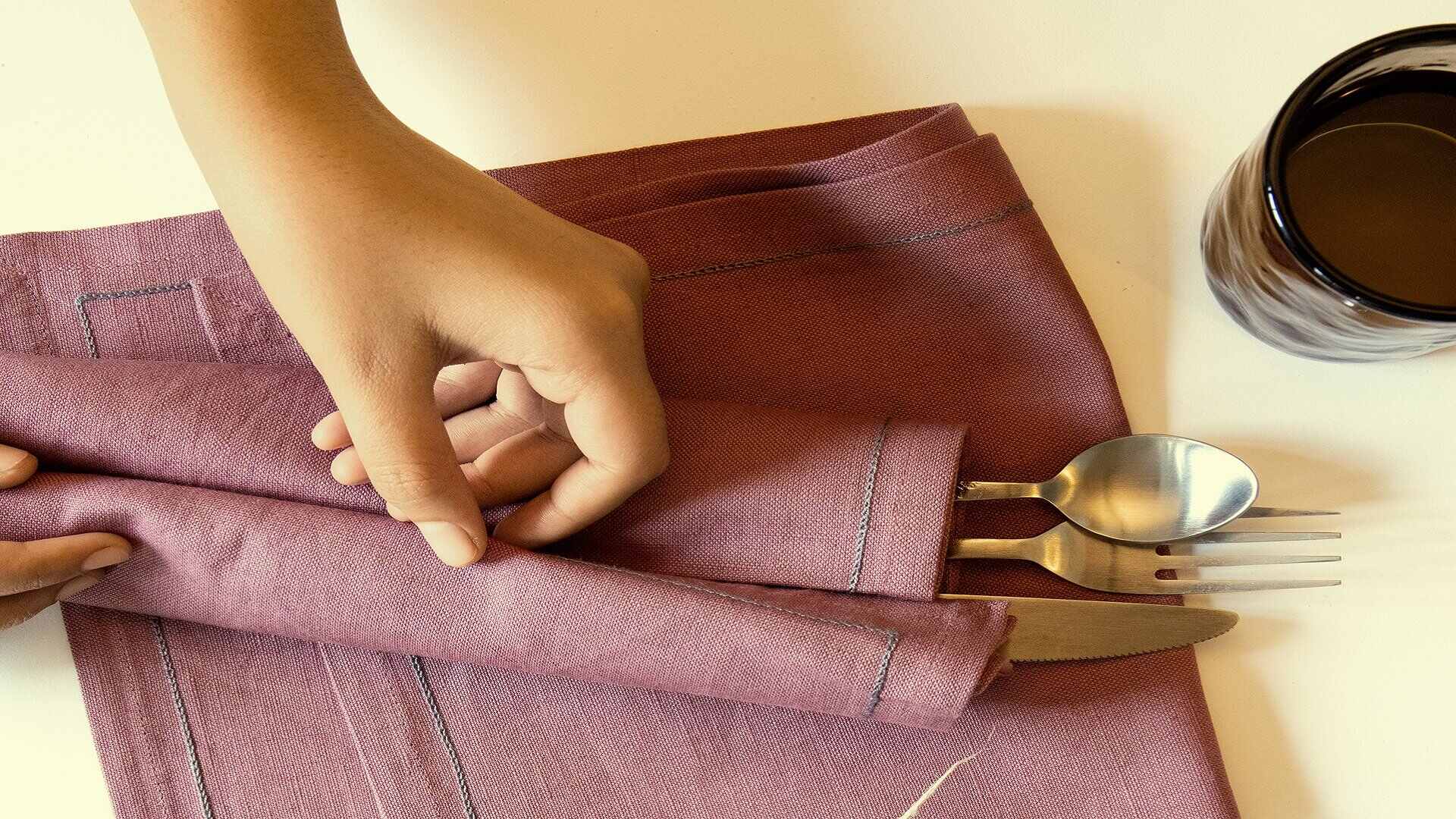
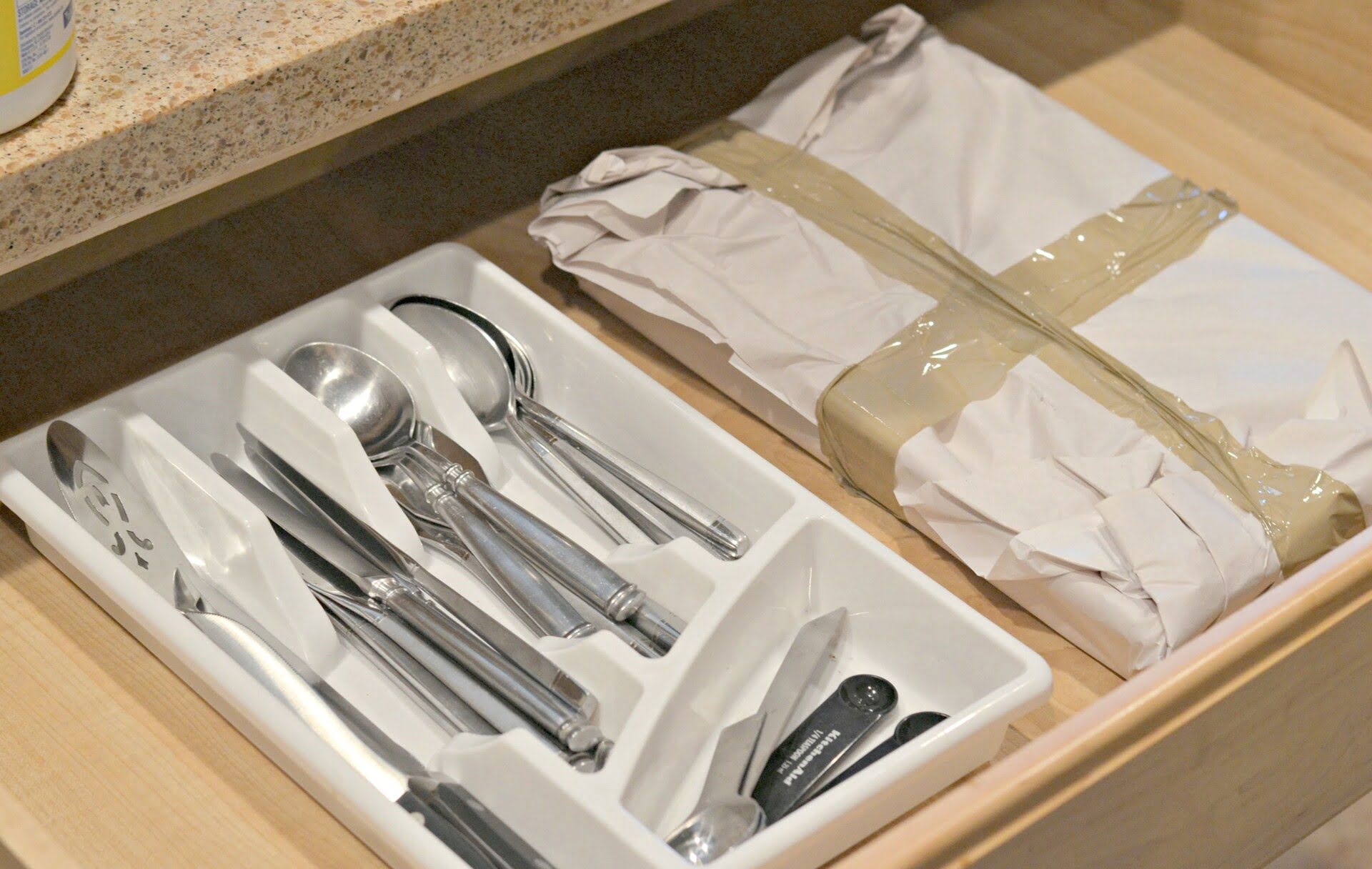
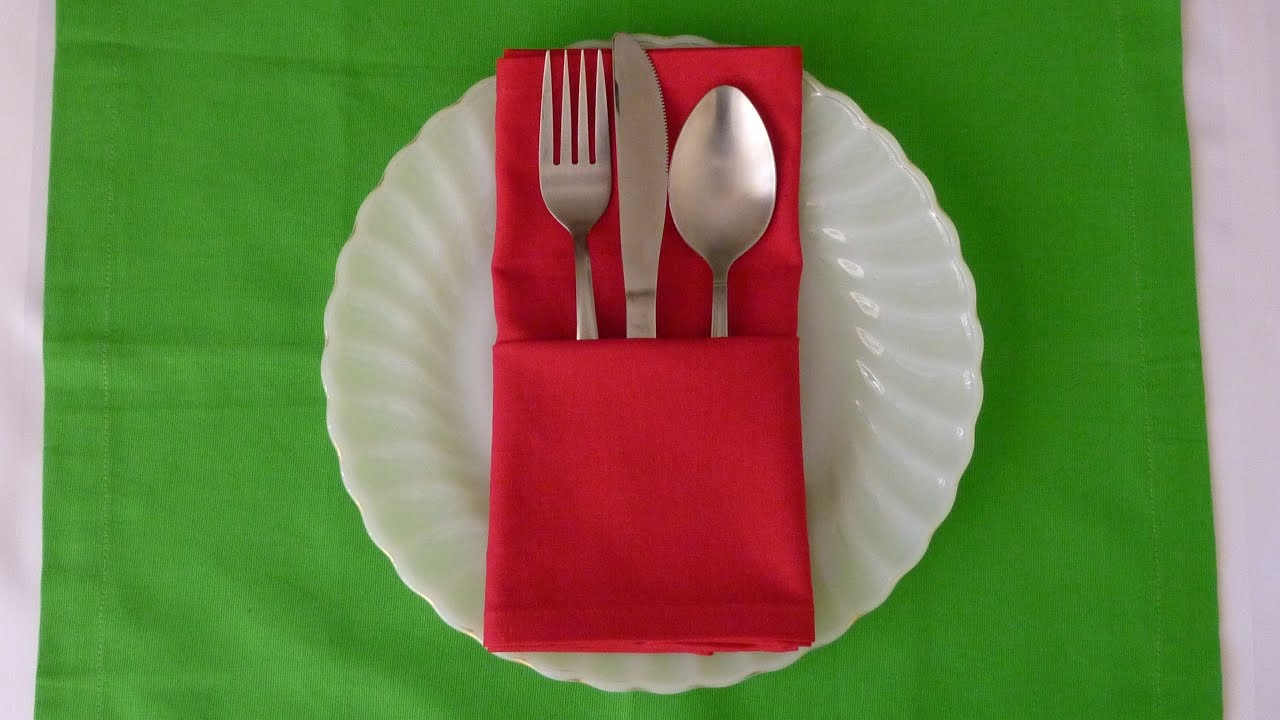
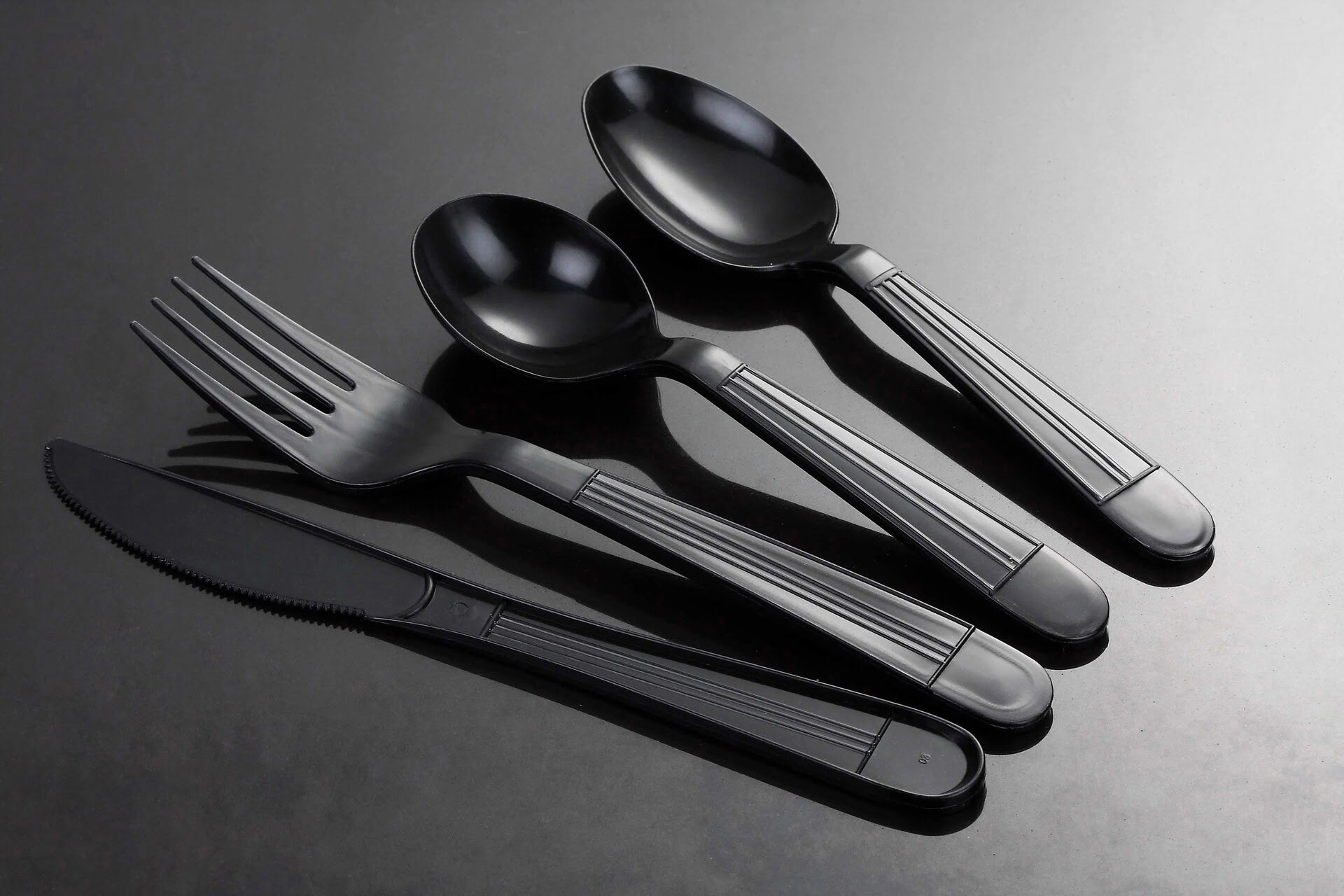
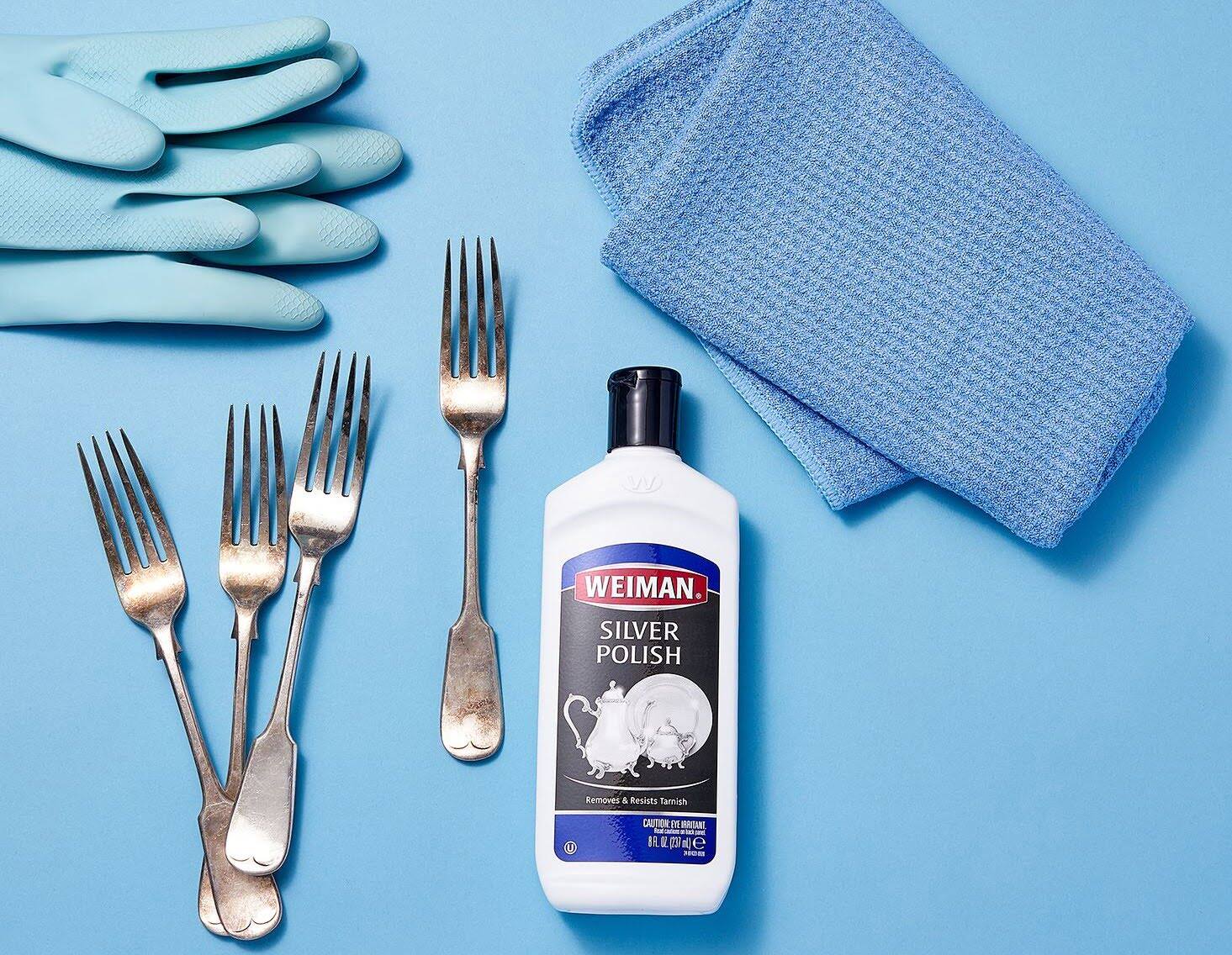

0 thoughts on “How Do You Set Cutlery On A Table”